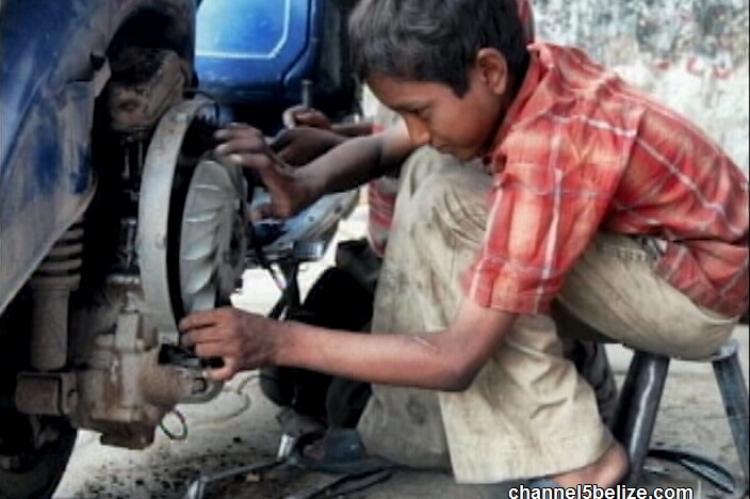Raising Awareness: Addressing Child Labor in Belize, especially in the Hispanic Community
By: Omar Silva, Editor: National Perspective Belize
Belize City: Thursday 5th October 2023
Child labor is a pressing issue in Belize, particularly in the rural agricultural areas and towns and villages where Hispanic children often find themselves working to contribute to their families' livelihoods. According to the U.S. Government's 2022 Findings on the Worst Forms of Child Labor, Belize faces a serious challenge in protecting its children from various forms of exploitation. This article sheds light on the situation, while also highlighting the positive steps taken to combat child labor in Belize.
The Gravity of the Issue :The U.S. Government's report paints a grim picture, stating that "children in Belize are subjected to the worst forms of child labor." This includes instances of commercial sexual exploitation, often tied to human trafficking. Additionally, children are found engaging in hazardous tasks within the agricultural and construction sectors.
The International Standard Challenge :One key concern identified in the report is Belize's failure to meet international standards for prohibiting hazardous work. The current regulations permit children over the age of 14 to engage in dangerous activities such as mining and construction. Furthermore, Belize has not adequately addressed the issue of children being involved in illicit activities, including drug production and trafficking.
Positive Steps Towards Change: Despite these challenges, the report does acknowledge that Belize has made some progress in addressing the issue of child labor. In 2022, the Belizean government approved the National Child Labor Policy and Strategy 2022–2025. This forward-looking initiative aims to eliminate the worst forms of child labor by 2025 and focuses on bridging legislative and information gaps, enhancing compliance with child labor laws, and reducing barriers to education.
Training and Awareness: The report also highlights the Ministry of Human Development's efforts in introducing new standard operating procedures on human trafficking. Moreover, they have trained a significant number of social workers, labor officers, and immigration officers on using these procedures to identify and assist victims in need of care.
A Call to Action: The issue of child labor in Belize, especially within the Hispanic community, is one that demands our collective attention and action. While progress is being made, there is still much work to be done to ensure the well-being and future prospects of Belize's children. It is essential for individuals, communities, and organizations to come together to raise awareness, provide support, and advocate for the elimination of child labor in all its forms.
Conclusion: Belize may face significant challenges in combating child labor, but the commitment of its government and the dedication of organizations and individuals working towards change provide hope for a brighter future. By spreading awareness and taking concrete steps to address this issue, we can collectively contribute to the well-being of Belize's children and create a safer and more promising environment for their growth and development.
- Log in to post comments


